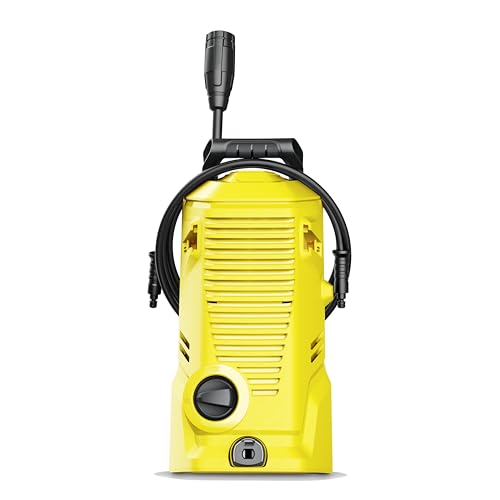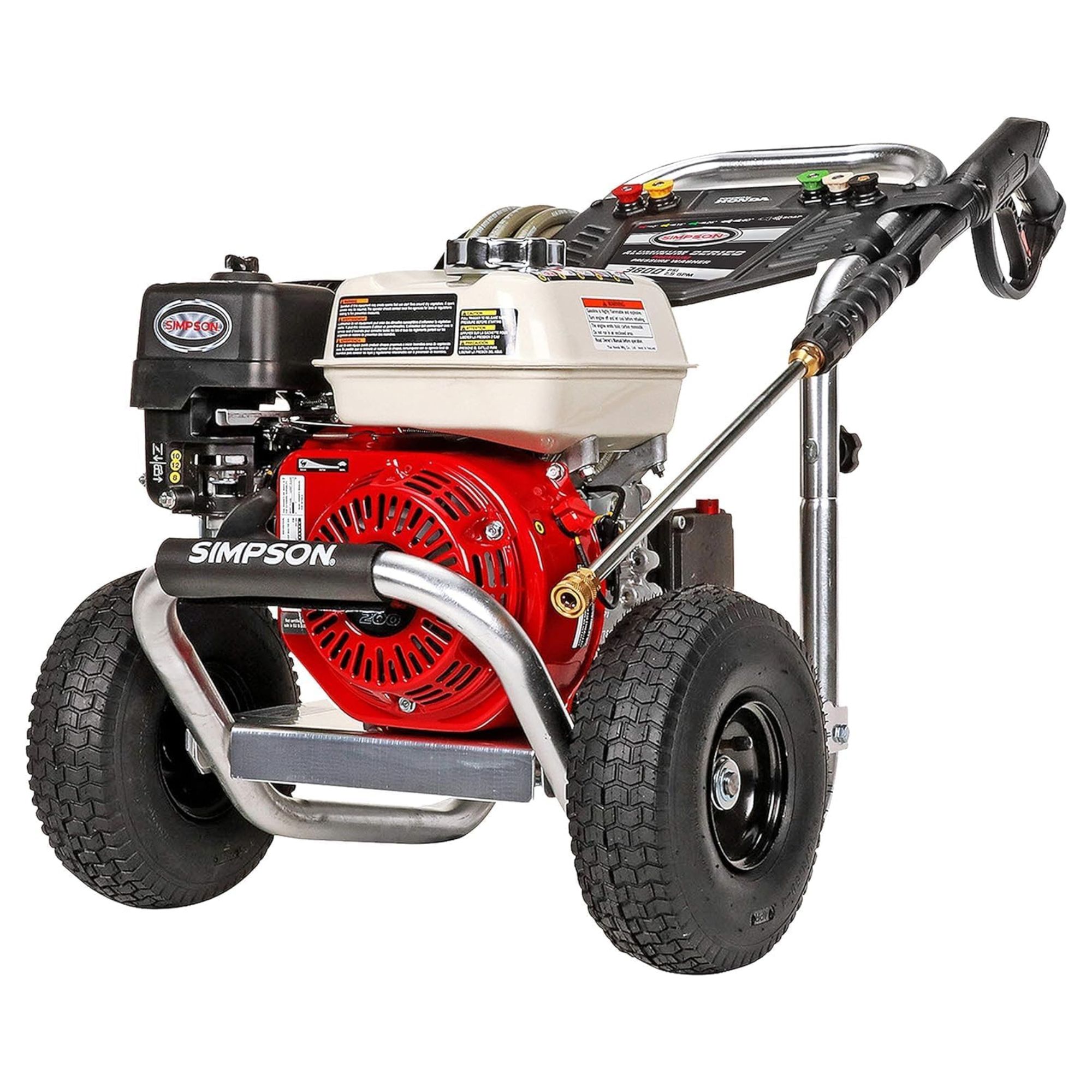Unusual uses for a pressure washer – experts reveal 5 bonus features to make a pressure washer much more useful
These hidden uses mean your pressure washer can do more than just clean
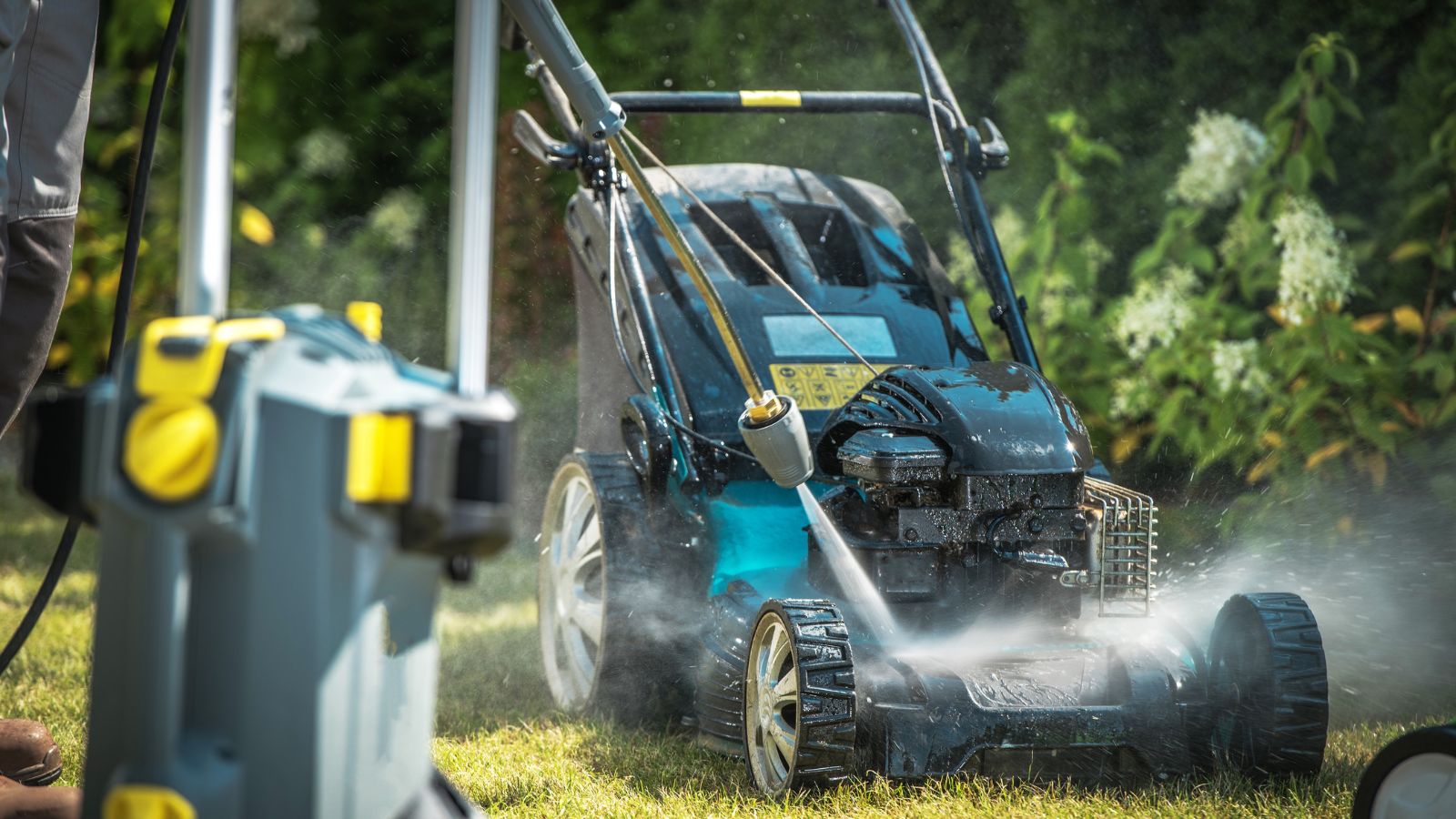

Pressure washers are the best tool for blasting grime off surfaces around the backyard.
Yet they seem like one-note appliances. Once you've restored your patio to its original color, there doesn't seem much else you can do with a pressure washer. When you consider that these appliances cost hundreds of dollars, this seems like a waste of money.
However, there are some extra uses for a pressure washer that make it a much more useful yard tool. As a product tester, I've tried plenty of pressure washers, and I've used them for more than just cleaning driveways. Here are five bonus uses for a pressure washer.
1. Clean gutters
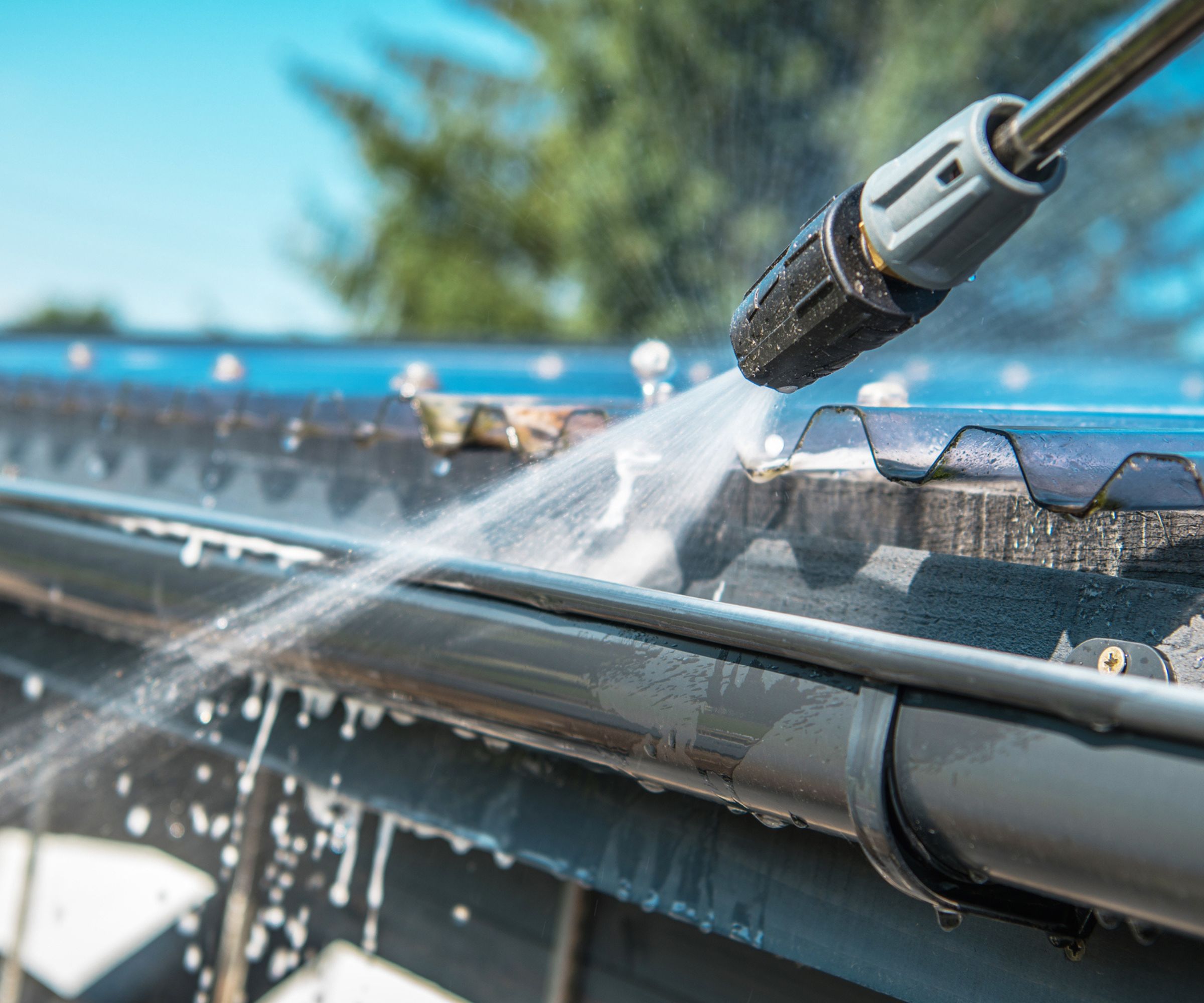
One unusual way to use a pressure washer is to clean gutters. Many companies sell pressure washer gutter attachments like this at Amazon, which let you reach up to gutters without a ladder and blast dirt and gunk out of gutters.
However, there are a couple of things to bear in mind with this technique. The first is that it's very messy. It's a quick solution for cleaning gutters, but expect to be covered in dirty water.
The second issue is that its usefulness depends on nearby trees and the time of year. In the fall, this might not be the wisest move if you have buckeyes or other hard tree seeds nearby. Blasting these out of a gutter at high speed can be dangerous.
This is also true if you have gutting next to a bitumen roof or asphalt shingles. Rain dislodges little pieces of gravel from bitumen roofs into the gutters over time, and asphalt shingles shed little granules over time. It can be dangerous to spray these all over the yard at high speed.
Instead, you could use a leaf blower with an attachment, or remove them by hand. The best way to prevent messy gutters, however, is to fit gutter guards like these at Amazon, which prevent the gutters from getting clogged in the first place.
2. Strip paint
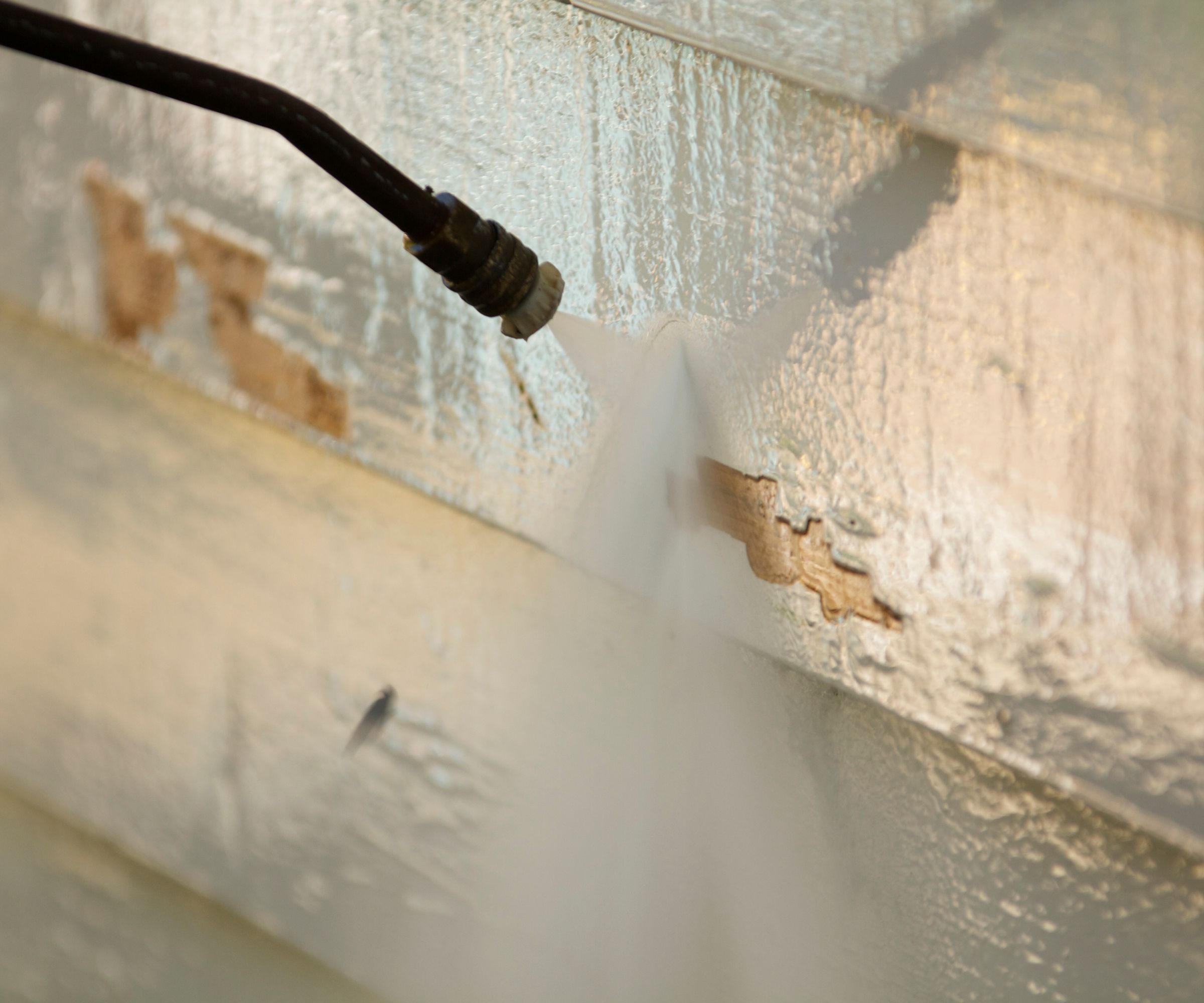
One of the biggest disadvantages of pressure washers can actually be a benefit with a little imagination.
If you overdo it with a pressure washer on furniture, wood, or walls, you can strip paint off them. If all you were trying to do was wash the surface, this is a huge disadvantage. If you want to strip paint, however, this is incredibly useful.
Say you've just moved into a new home, and the previous occupants left the wooden fences or deck an ugly shade of gray. Perhaps someone has left some graffiti on the side of your house. With a powerful enough pressure washer, you can blast it right off without damaging the surface underneath.
This saves hours of backbreaking labor scrubbing at the paint, or the noxious fumes of a paint stripper. If you strip the paint from wood, just remember to dry out the wood and seal it up with wood sealant afterward to prevent it from rotting.
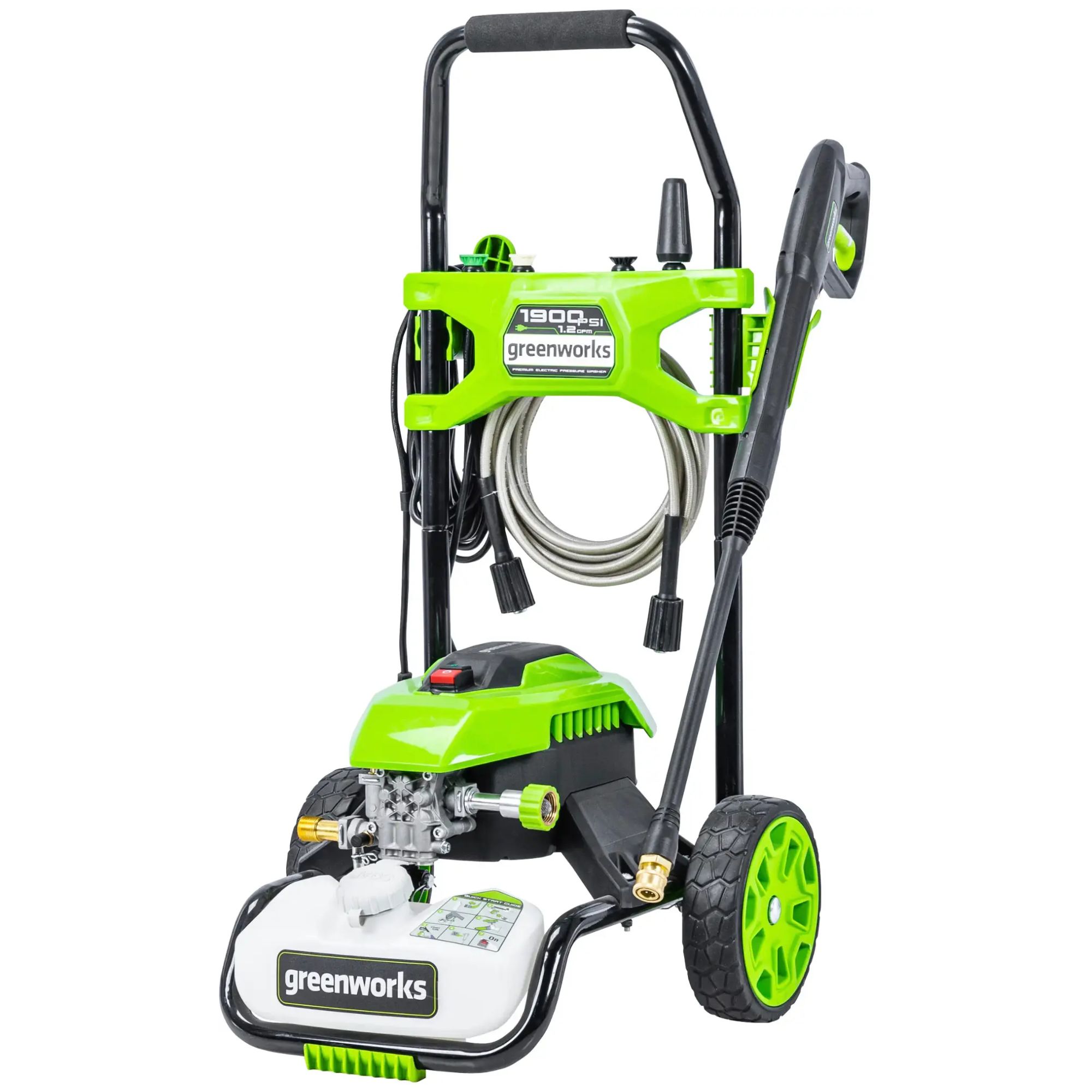
This affordable electric pressure washer is perfect for more delicate tasks like cleaning gutters. The low-profile body work makes it easy to carry around a yard.
3. Clean tools and equipment
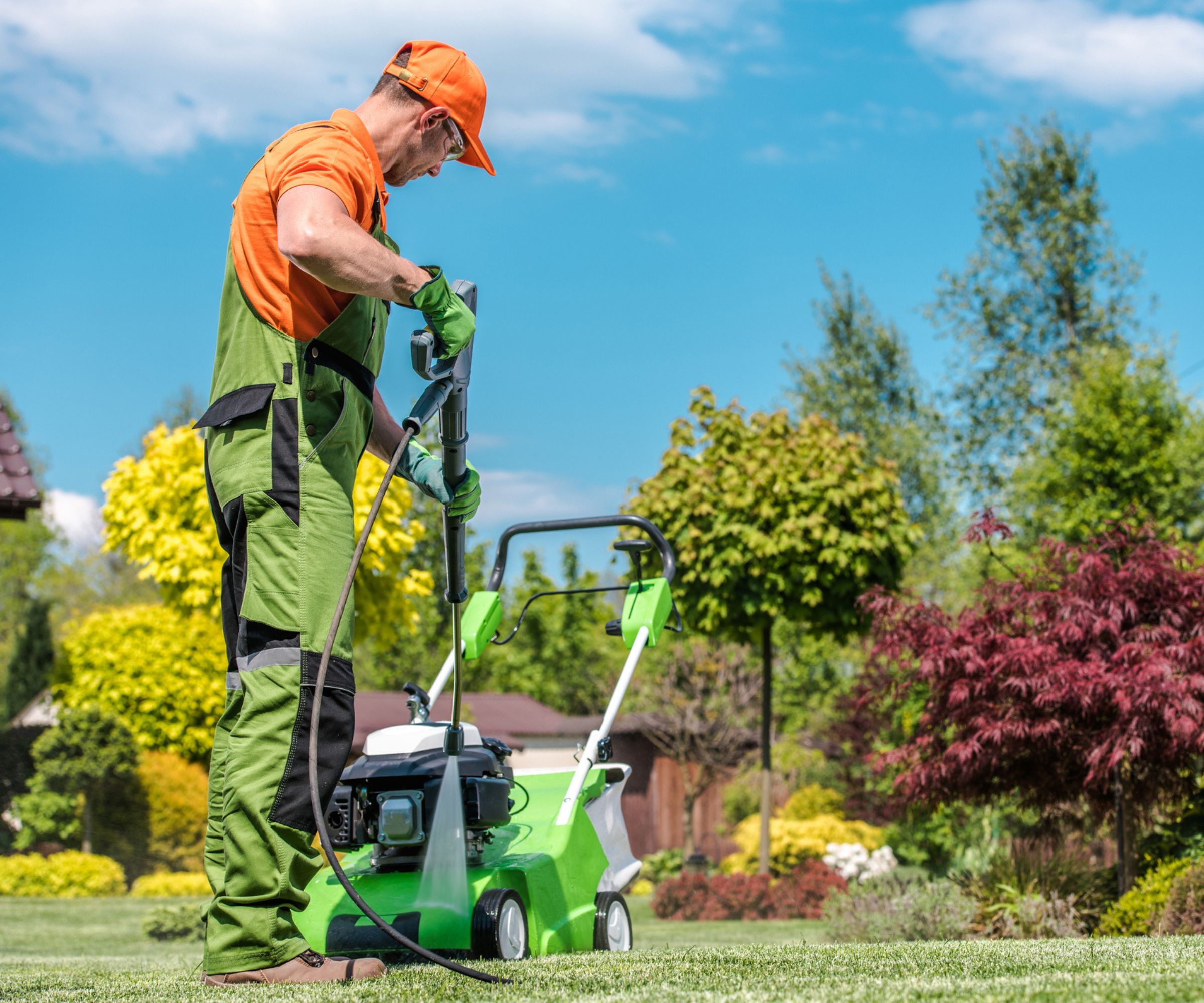
Pressure washers are also great for cleaning yard tools. Cutting grass in early spring means a lot of wet grass clippings that stick to the underside of your mower and its tires. By far the fastest way to remove this grass is to wash it off with a low-powered pressure washer.
However, be careful. Gardens expert and Head of Gardens at H&G Rachel Bull says 'Whatever you do, make sure to keep the pressure low and keep the water away from the engine or battery. High-pressure water can easily damage these parts.'
Pressure washers are also great for power tool attachments that get stuck in the soil. If you use an aerator attachment in clay or silt soil, each of the dozens of tines can pick up clods or dirt. A pressure washer makes it easy to remove all this dirt.
However, it's not just big appliances like lawnmowers. Pressure washers can be great for hand tools, too. When I've been working in heavy clay soil in winter, sometimes a pressure washer is the only thing to shift soil off the blade of my shovel so that I can oil it properly.

Rachel is a gardening editor, flower grower and floral designer. Her journalism career began on Country Living magazine, sparking a love of container gardening and wild planting. After more than a decade writing for and editing a range of consumer, business and special interest titles, Rachel became editor of floral art magazine The Flower Arranger. She then trained and worked as a floral designer and stylist in London for six years, before joining the Homes & Gardens team.
4. Restore muddy doormats and rugs
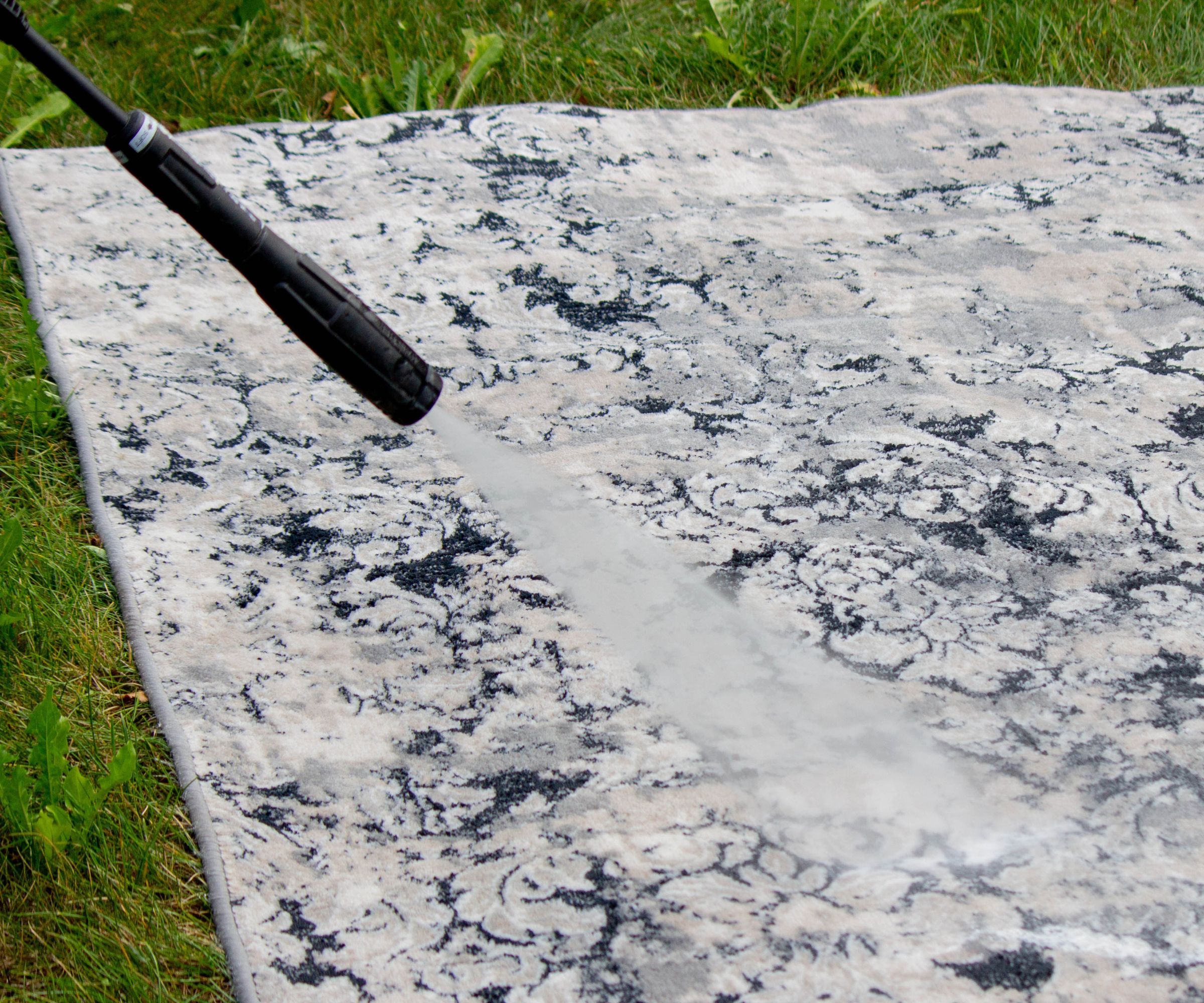
Many of us will have seen hypnotic rug cleaning videos on TikTok or Instagram reels, where a gross, muddy carpet is pressure-washed back to its former glory. Believe it or not, this actually works.
My family and I were caught in a flood a few years ago without much warning; sandbags were out of stock nearby and the only thing we could use to keep the water at bay were old offcuts of rugs from the attic. In a shed out in the yard where we stored old carpets, the water covered them, and we thought they might be ruined.
After the flood, left with a bunch of muddy, sodden carpets, I tried a pressure washer to get rid of all the dirt - and it all came right out.
You needn't have circumstances like those. A pressure washer is a great way to clean a rug soiled by a muddy footprint. It's also the perfect tool to clean a high-traffic doormat - just be sure to keep the pressure levels low, or the coir will detach from the backing.
There's no real technique for this. The easiest way is to hang the rug up from an outdoor laundry line and blast it with relatively low-pressure water. If you don't have a laundry line outdoors, just spread the rug out on a patio or lawn and wash it with the pressure cleaner. If you use detergent, don't wash the rug on a lawn - the soap will damage the grass plants underneath.
5. Freshen up garbage cans
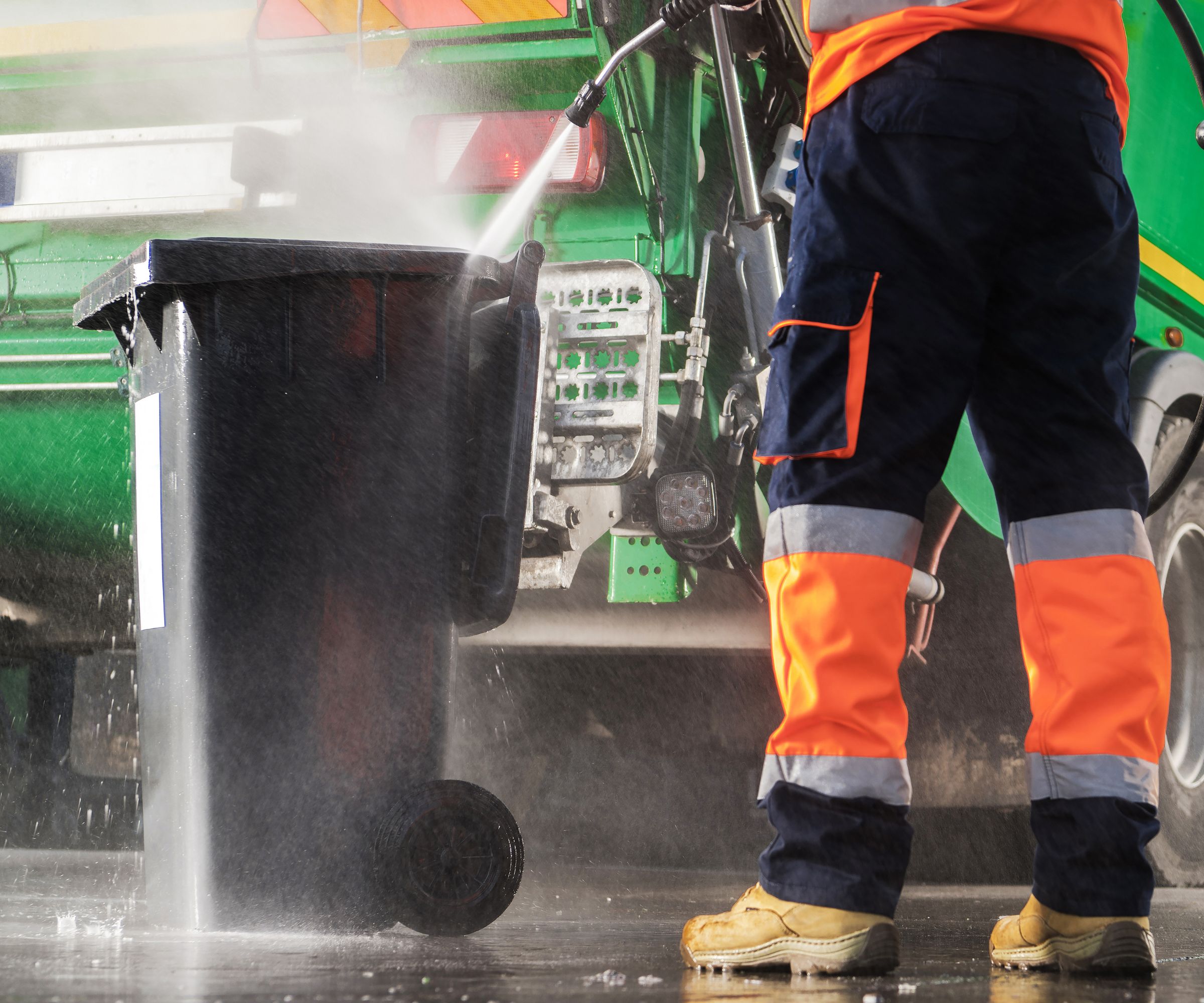
Outdoor garbage cans can be pretty disgusting and difficult to clean. It's hard - and frankly, gross - to reach in with a broom or a brush and remove debris and residue.
A pressure washer is the best way to remove these leftovers. A hose or shower can work, but they often aren't high-enough pressure to remove stubborn stains. Instead, the water runs right over them without doing any cleaning, creating gross effluence at the bottom of the can that hasn't even cleaned anything.
Instead, use a pressure washer - it can blast sticky messes right off the side of the trash can, and then you can just tilt the waste water out in your yard or down the drain. This has the added bonus of removing the food smells that can attract racoons and other pests.
A good pressure washer can be useful all over the backyard - that's why it's such an annoyance when they break. Learning how to fix a pressure washer can extend its working life for years.
Next, learn the brilliant and unusual uses for petroleum jelly around the house and the unusual uses for your vacuum cleaner.
Sign up to the Homes & Gardens newsletter
Design expertise in your inbox – from inspiring decorating ideas and beautiful celebrity homes to practical gardening advice and shopping round-ups.

As a gardens and lifestyle contributor, Alex makes sure readers find the right information to help them make the best purchase. Alex got his start in reviewing at the iconic Good Housekeeping Institute, testing a wide range of household products and appliances. He then moved to BBC Gardeners’ World Magazine, assessing gardening tools, machinery, and wildlife products.
-
 Charli XCX's dining room is a 'treasure-trove' of one-of-a-kind pieces – it's the most unique hosting space I've ever seen (and surprisingly replicable)
Charli XCX's dining room is a 'treasure-trove' of one-of-a-kind pieces – it's the most unique hosting space I've ever seen (and surprisingly replicable)The singer's Tudor-style dining room features eclectic furnishings, a mix of patterns and bright colors that all work together beautifully
By Hannah Ziegler Published
-
 The 5 worst things you can do to your fridge – these will drive up energy costs and result in pricey and regrettable repairs
The 5 worst things you can do to your fridge – these will drive up energy costs and result in pricey and regrettable repairsIt's crucial to swerve these blunders, appliance experts warn
By Ottilie Blackhall Published
